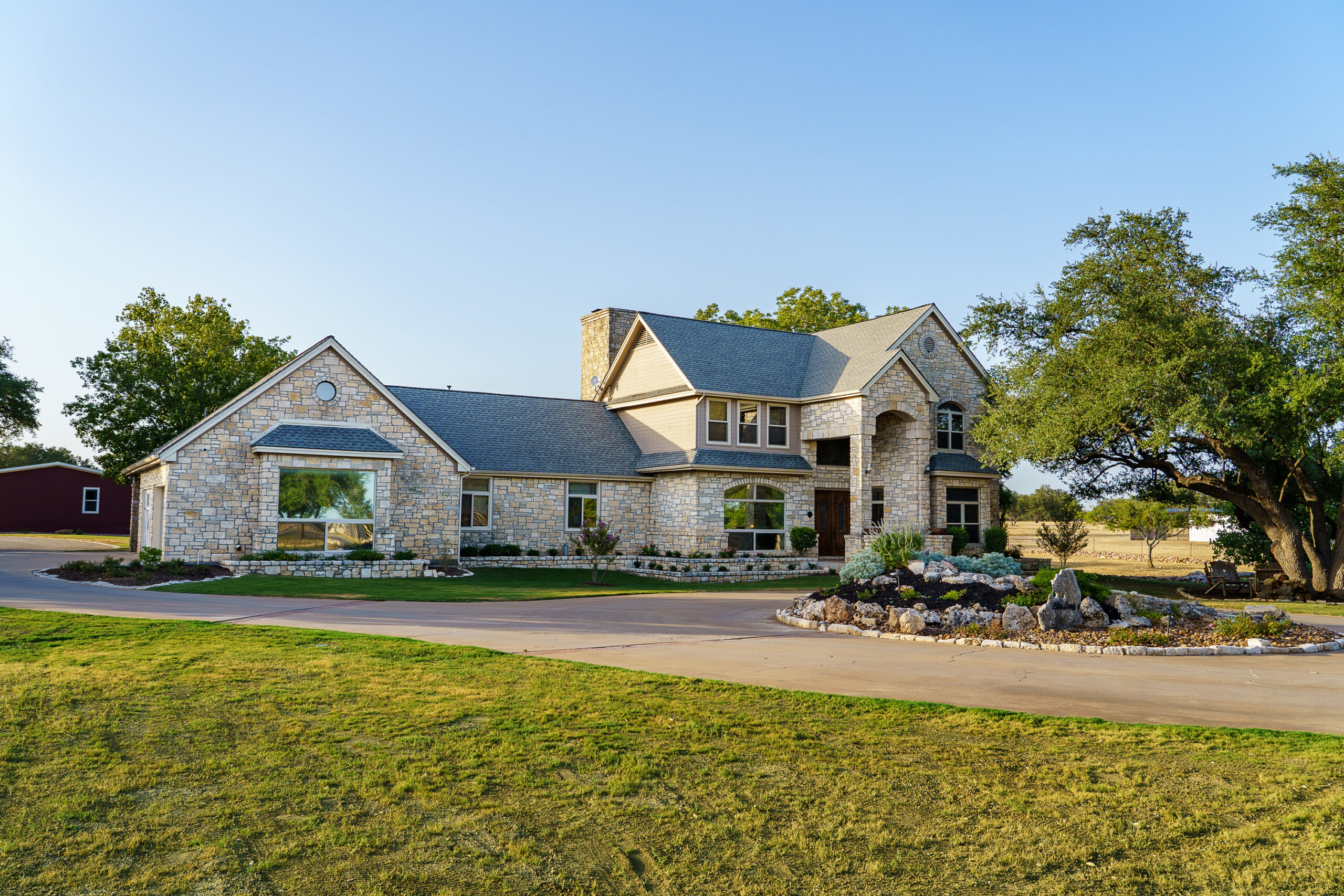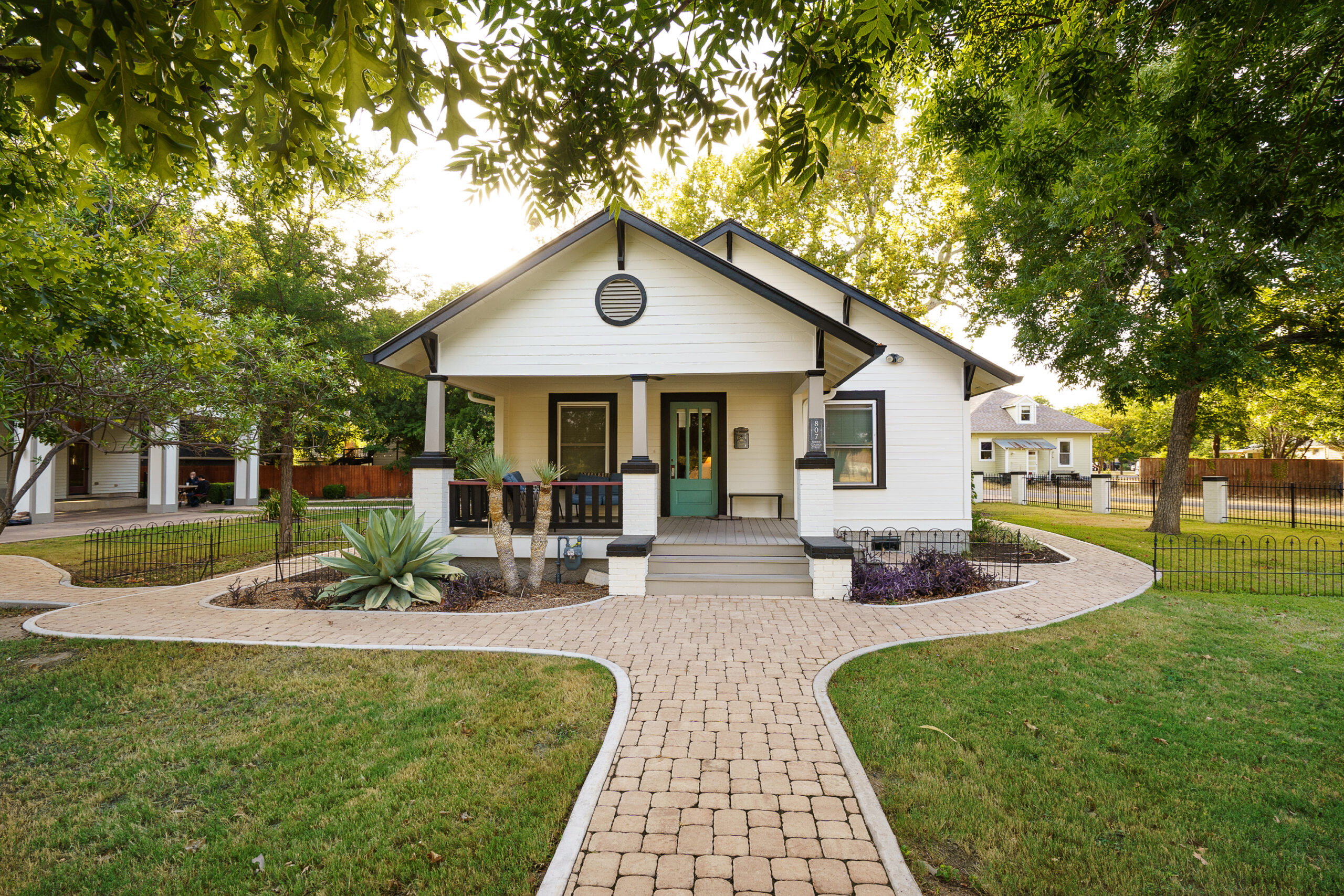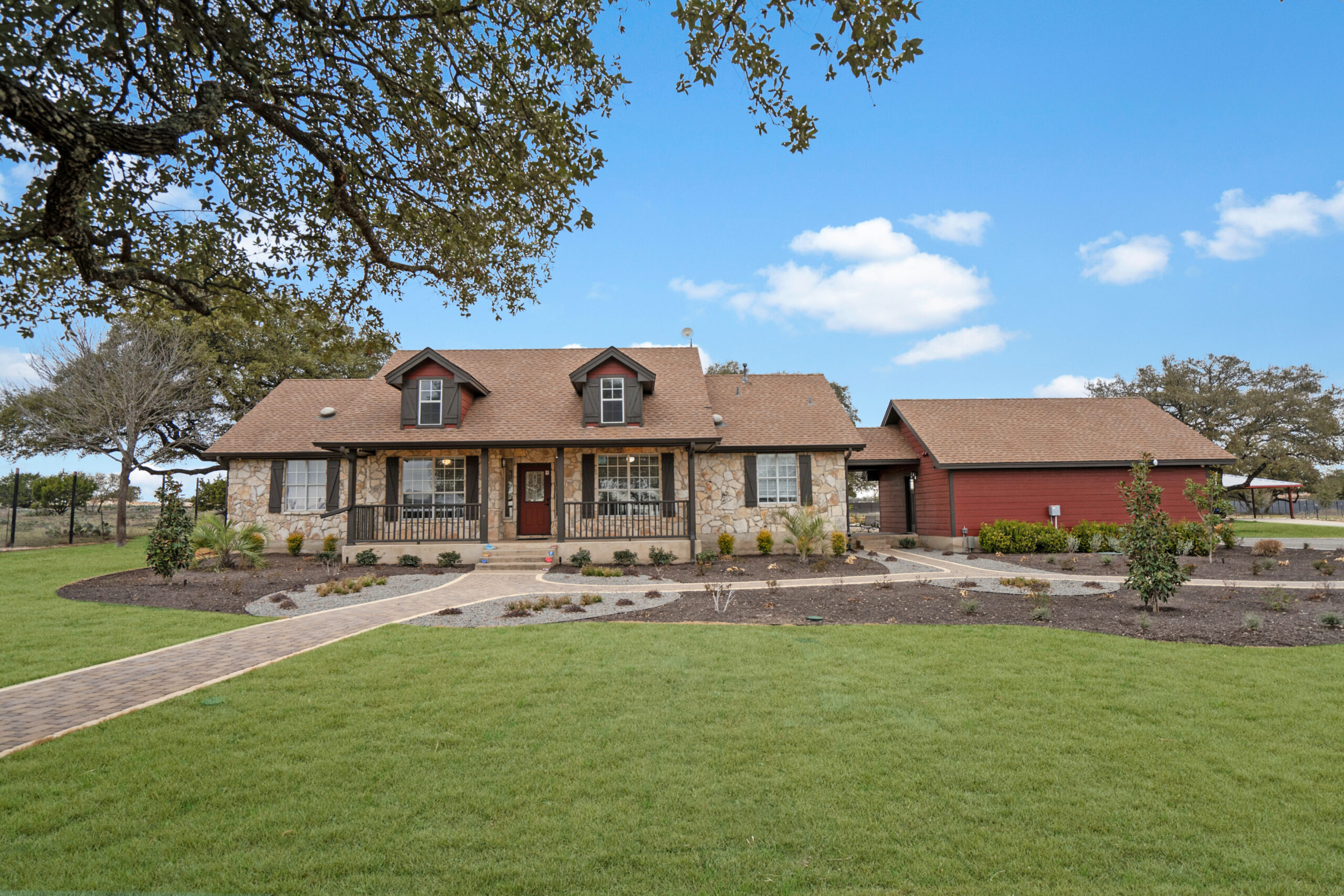
Treatment Overview for BPD in Women
At the heart of our mission, we recognize the unique challenges women with Borderline Personality Disorder (BPD) face. Treatment for BPD women at our facility adopts a holistic approach, addressing the complexities of the condition with empathy, understanding, and state-of-the-art therapeutic interventions. It’s a journey towards healing that respects the individuality of each woman’s experience.
Therapy Options Available
Dialectical Behavior Therapy (DBT)
Dialectical Behavior Therapy stands as a beacon of hope for many, especially in the realm of treatment for BPD women. It intertwines the philosophy of mindfulness with practical skills to manage emotional turbulence, fostering a balance between acceptance and change. Our implementation includes one-on-one therapy, group sessions, and phone coaching for comprehensive support.
Mentalization-Based Therapy (MBT)
MBT unlocks the potential to understand oneself and others on a deeper emotional level. This form of therapy is more than a method; it’s a voyage into the mind’s intricate narratives, promoting awareness and empathy, particularly beneficial for women grappling with BPD’s relational challenges.
Transference-Focused Psychotherapy (TFP)
TFP offers an innovative route to wellness, leveraging the therapist-client relationship as a mirror for understanding external relationships. It’s a reflective journey allowing clients to reprocess and reinterpret relational dynamics, an essential aspect in the healing process of BPD.
Beyond Traditional Therapy
Good Psychiatric Management
This “tool box” approach simplifies the often complex care for severe personality disorders, making it accessible not just to specialists but to all caregivers involved in a patient’s journey. It aligns perfectly with our mission to provide nuanced care tailored to each individual’s needs.
Medication Management
While no medication directly treats BPD, adjunct therapies can alleviate co-occurring conditions such as anxiety or depression. Our approach is cautious and informed, emphasizing clear communication about each medication’s role and potential side effects to ensure an integrative path to wellness.
The Importance of Self-Care
Self-care forms the cornerstone of long-term management for BPD. Activities like regular exercise, nutritious eating, and effective stress management are not just recommended; they are integral to our treatment philosophy. We believe in empowering our clients to cultivate habits that foster both mental and physical well-being.
Comprehensive Care at Alta Loma
Our commitment goes beyond addressing symptoms. We aim to understand the root causes of BPD in women, leveraging our full suite of resources–from cognitive behavioral therapies to nutritional planning–to ensure a holistic recovery journey. Our serene environment and structured programs provide the ideal backdrop for healing and personal growth.
Integration into society, a significant hurdle for many with BPD, is a focal point of our program. Through community integration and recreational therapy, we encourage our clients to reclaim their place in the world, equipped with the tools and confidence needed for a fulfilling life.
Transformative Care Programs
Individualized care is more than a promise–it’s a practice. Each woman’s journey with BPD is unique, demanding a personalized strategy for long-term wellness. Our transformative care programs are designed to meet these needs, offering a pathway to recovery that is as individual as the women we serve.
Alleviating Co-occurring Disorders
Understanding that BPD rarely exists in isolation, our treatment programs give special attention to co-occurring disorders such as substance abuse, depression, and eating disorders. Addressing these intertwined challenges is crucial for achieving a comprehensive recovery, and our multidisciplinary team is adept at navigating these complex waters.
Nurturing Environment for Healing
Embracing Emotional Stability
At our core, we foster an environment where emotional and psychological stability can flourish. Our structured setting offers a safe space for women to explore their feelings, understand their behaviors, and embark on the road to recovery armed with resilience and awareness.
Supportive Community Integration
Community plays a pivotal role in healing. By engaging in supportive living environments and integrating into broader community contexts, our clients learn to navigate social dynamics healthily and constructively, marking a critical step towards lasting recovery.
The Journey Towards Wellness
The path to managing BPD is fraught with challenges, yet filled with hope. In our pursuit of treatment for BPD women, we combine evidence-based practices, personalized care, and a nurturing community to guide our clients towards a hopeful, healthier future. It’s a holistic journey, embracing the complexity of each person’s story, and reimagining a life defined not by disorder, but by potential and possibility.

What is the treatment for BPD in women?
The journey of treating Borderline Personality Disorder (BPD) in women encompasses a holistic and comprehensive approach, tailored to address the unique challenges and symptoms presented. At Alta Loma, treatment involves a blend of evidence-based psychotherapies–such as Dialectical Behavior Therapy (DBT), Mentalization-Based Therapy (MBT), and Transference-Focused Psychotherapy (TFP)–alongside medication management for co-occurring disorders like anxiety or depression, if necessary. Moreover, the therapeutic process is enriched through the importance placed on self-care practices, including physical activity, nutrition, and stress management techniques, catering to the overall well-being of each individual.
What is the best job for someone with borderline personality disorder?
Finding the right job for someone with BPD often means looking for roles that provide a structured environment while also offering flexibility and understanding. The ideal job would be one that acknowledges their unique needs, maybe in creative or therapeutic fields, where they can capitalize on their often high emotional sensitivity and empathy. Jobs that offer a strong sense of community, clear objectives, and supportive management can be particularly beneficial, fostering a sense of accomplishment and belonging. That said, the best job truly depends on the individual’s interests, strengths, and where they are in their treatment journey. Encouraging a dialogue around career aspirations can be a vital part of therapy and recovery.
How do you treat a woman with BPD?
Treating a woman with BPD requires an empathetic, patient, and personalized approach. At Alta Loma, we engage in a therapeutic alliance that emphasizes understanding the individual’s experiences and triggers. Our approach is multifaceted, combining DBT to enhance emotional regulation, MBT to improve interpersonal relationships, and TFP to explore and understand complex feelings and behaviors within a safe therapeutic setting. Involvement in supportive community activities and integration programs also plays a crucial role, aiding in developing social skills and a sense of belonging. Each treatment plan is customized, reflecting the understanding that every woman’s journey with BPD is unique.
What is the most successful treatment for BPD?
The consensus among mental health professionals is that Dialectical Behavior Therapy (DBT) represents the gold standard in treating Borderline Personality Disorder. DBT’s success lies in its comprehensive approach, which focuses on teaching skills in four key areas: mindfulness, distress tolerance, emotional regulation, and interpersonal effectiveness. DBT helps individuals understand and accept their feelings while simultaneously providing them with skills to change negative behaviors. Its adaptability to individual needs, combined with both one-on-one and group therapy sessions, allows for a well-rounded, supportive treatment environment that is highly effective for women with BPD.
How are co-occurring disorders treated alongside BPD?
Co-occurring disorders such as substance abuse, depression, and anxiety often present complex challenges in the treatment of BPD. Alta Loma adopts an integrated treatment model to address these multifaceted needs, understanding that these concurrent disorders can significantly impact the effectiveness of BPD treatment. Our approach begins with a comprehensive assessment to identify all existing conditions. Treatment plans are then holistically designed, incorporating medication management, cognitive behavioral therapies, and specialized support groups to address each disorder concurrently. This ensures a more robust and supportive recovery process, acknowledging the intertwined nature of these conditions.






